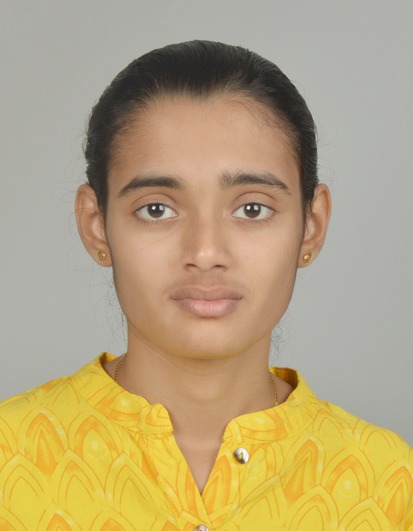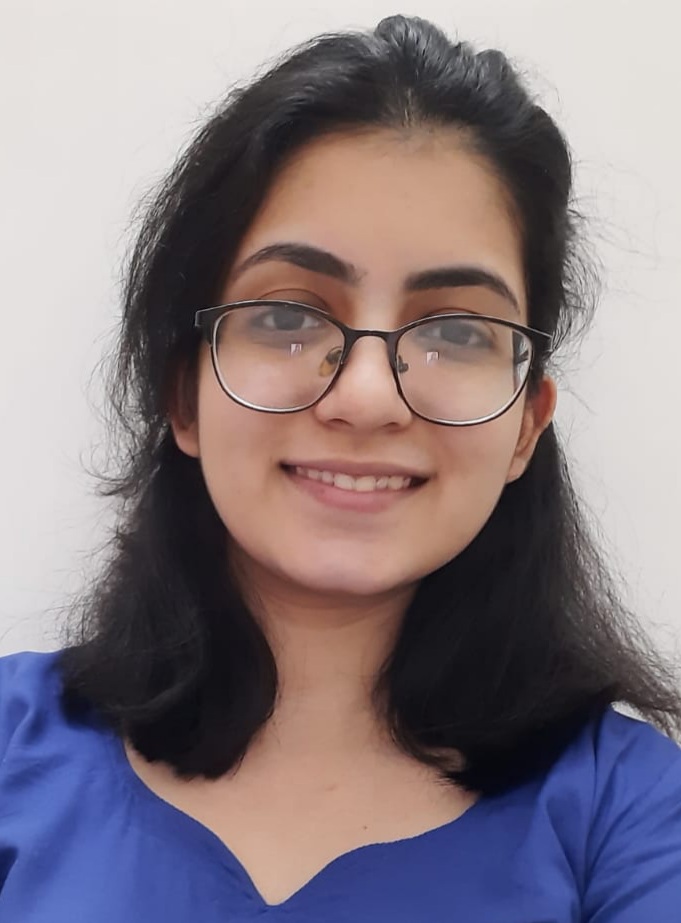What are the most common pediatric brain tumors
ediatric brain tumors are among the most common types of cancer in children, and they vary widely in terms of location, behavior, and prognosis. Here are some of the most common types of pediatric brain tumors:
1. Medulloblastoma
- Description: Medulloblastoma is the most common malignant brain tumor in children. It typically arises in the cerebellum, the part of the brain that controls balance and coordination.
- Age Group: Most commonly occurs in children between 3 and 8 years old.
- Symptoms: Symptoms may include headaches, vomiting, balance problems, and clumsiness due to increased intracranial pressure and cerebellar dysfunction.
- Prognosis: With aggressive treatment, including surgery, radiation, and chemotherapy, the prognosis has improved, but long-term effects from treatment can be significant.
2. Pilocytic Astrocytoma (Juvenile Pilocytic Astrocytoma - JPA)
- Description: Pilocytic astrocytoma is a slow-growing, generally benign tumor that often occurs in the cerebellum but can also be found in other parts of the brain and spinal cord.
- Age Group: Typically occurs in children and young adults, especially those under 20 years old.
- Symptoms: Symptoms depend on the tumor's location but may include headaches, nausea, balance issues, and visual problems.
- Prognosis: The prognosis is generally good, especially if the tumor can be completely removed through surgery. JPAs rarely spread and are often curable.
3. Ependymoma
- Description: Ependymomas arise from ependymal cells that line the ventricles of the brain and the central canal of the spinal cord. These tumors can occur in both the brain and spinal cord.
- Age Group: Common in young children, typically between the ages of 1 and 5.
- Symptoms: Symptoms vary depending on the tumor's location but can include headaches, nausea, vomiting, and difficulty with movement or balance.
- Prognosis: The prognosis depends on the tumor's location and whether it can be completely removed surgically. Radiation therapy is often used after surgery to prevent recurrence.
4. Diffuse Intrinsic Pontine Glioma (DIPG)
- Description: DIPG is a highly aggressive and difficult-to-treat brain tumor located in the pons, a part of the brainstem that controls vital functions such as breathing, heart rate, and blood pressure.
- Age Group: Most commonly diagnosed in children between 5 and 10 years old.
- Symptoms: Early symptoms include problems with balance and walking, facial weakness, and difficulty with eye movements. As the tumor progresses, symptoms worsen rapidly.
- Prognosis: The prognosis for DIPG is very poor, with most children surviving less than a year after diagnosis. Current research is focused on finding more effective treatments.
5. Craniopharyngioma
- Description: Craniopharyngiomas are benign (non-cancerous) tumors that occur near the pituitary gland and hypothalamus at the base of the brain. These tumors can cause significant symptoms due to their location.
- Age Group: Typically diagnosed in children aged 5 to 14, but can also occur in adults.
- Symptoms: Common symptoms include headaches, vision problems, hormonal imbalances, and growth delays. These symptoms are often related to the tumor pressing on nearby brain structures.
- Prognosis: Although benign, craniopharyngiomas can be difficult to treat due to their location, and they often recur after treatment. Surgery is the primary treatment, often followed by radiation therapy.
6. Gliomas
-
Low-Grade Gliomas (LGG):
- Description: These are slow-growing tumors that arise from glial cells, the supportive cells of the brain. They include tumors like pilocytic astrocytoma and other low-grade astrocytomas.
- Prognosis: Generally favorable, especially with complete surgical removal.
-
High-Grade Gliomas (HGG):
- Description: These are more aggressive and fast-growing tumors, including anaplastic astrocytomas and glioblastomas.
- Prognosis: The prognosis is generally poor, especially for high-grade gliomas like glioblastoma.
7. Germ Cell Tumors
- Description: Germ cell tumors are rare tumors that arise from germ cells, which are cells that normally develop into the reproductive system. These tumors can occur in the brain, most commonly in the pineal or suprasellar regions.
- Age Group: Typically diagnosed in children and adolescents.
- Symptoms: Symptoms depend on the tumor's location but may include headaches, hormonal imbalances, vision problems, and early or delayed puberty.
- Prognosis: The prognosis varies depending on the specific type of germ cell tumor. Some, like germinomas, are highly sensitive to radiation and chemotherapy, with a good prognosis.
8. Atypical Teratoid/Rhabdoid Tumor (AT/RT)
- Description: AT/RT is a rare, fast-growing tumor that typically occurs in the cerebellum or brainstem, but it can also be found in other parts of the central nervous system (CNS).
- Age Group: Most commonly affects very young children, particularly those under 3 years old.
- Symptoms: Symptoms may include headaches, vomiting, lethargy, and motor deficits, depending on the tumor's location.
- Prognosis: AT/RT is highly aggressive, and the prognosis is generally poor, though survival has improved with intensive treatment regimens.
9. Optic Pathway Glioma
- Description: These tumors arise along the optic nerves, which transmit visual information from the eyes to the brain. They are often associated with neurofibromatosis type 1 (NF1), a genetic disorder.
- Age Group: Most commonly diagnosed in children under 10 years old.
- Symptoms: Symptoms include vision loss, proptosis (bulging of the eye), and hormonal problems if the tumor affects the hypothalamus or pituitary gland.
- Prognosis: The prognosis varies; many optic pathway gliomas are slow-growing and can be managed with careful monitoring, but others may require treatment with surgery, chemotherapy, or radiation.
10. Pineoblastoma
- Description: Pineoblastomas are rare, aggressive tumors that arise in the pineal gland, a small gland located deep within the brain.
- Age Group: Typically occurs in young children but can also be seen in older children and adolescents.
- Symptoms: Symptoms often include headaches, nausea, vision problems, and hydrocephalus (a buildup of fluid in the brain) due to the tumor's location.
- Prognosis: The prognosis is generally poor, and treatment typically involves a combination of surgery, radiation, and chemotherapy.
These are some of the most common types of pediatric brain tumors, each with its own unique challenges and treatment approaches. Early diagnosis and treatment are critical in improving outcomes, and ongoing research continues to seek better therapies for these challenging conditions.




